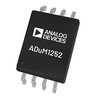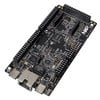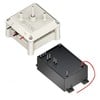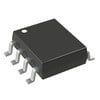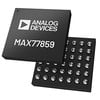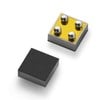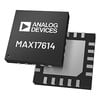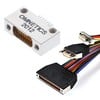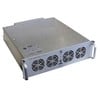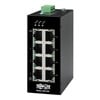LDC3114-Q1 Inductance-to-Digital Converter
Featured Product from DigiKey
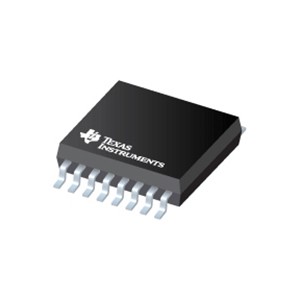
Texas Instruments' LDC3114-Q1 is an inductive-sensing device that enables touch-button design for human-machine interfaces (HMI) on a variety of materials by measuring small deflections of conductive targets using a coil that can be implemented on a small printed circuit-board (PCB) that is located behind the panel. This technology can be used for precise linear position sensing of metal targets for automotive, consumer, and industrial applications by allowing access to the raw data representing the inductance value. Inductive-sensing solutions are insensitive to humidity or non-conductive contaminants such as oil and dirt.
The button mode can automatically correct for deformations in the conductive targets. The device offers well-matched channels which allow for differential and ratiometric measurements enabling compensation of environmental and aging conditions including temperature and mechanical drift. The LDC3114-Q1 includes an ultra-low-power mode intended for power-on/off buttons or position sensors in battery-powered applications. The LDC3114-Q1 is easily configured through an I2C interface and is available in a 16-pin TSSOP package.
- AEC-Q100 qualified:
- Ambient operating temperature range Grade 1: -40°C to +125°C
- HBM ESD Classification Level 2
- CDM ESD Classification Level C4B
- Functional safety-capable: documentation available to aid functional safety system design
- Multiple modes of operation:
- Raw data mode: access pre-processed inductance measurement data to enable advanced algorithms on the MCU for linear sensing
- Button mode: button-press detection with baseline tracking and advanced on-chip post-processing
- Force level measurement of the touch buttons
- Pin- and register-compatible with LDC2114
- Robust EMI performance allows for CISPR 22 and CISPR 24 compliance
- Four independent channel operations
- Configurable scan rates:
- 0.625 SPS to 160 SPS
- Continuous scanning option
- Advanced button-press detection algorithms:
- Adjustable force threshold per button
- Environmental shift compensation
- Simultaneous button-press detection
- Low current consumption:
- One button: 6 µA at 0.625 SPS
- Two buttons: 72 µA at 20 SPS
- Interface:
- 1.8 V and 3.3 V compliant I2C and INTB
- Logic output: 1.8 V per channel for the buttons
- Automotive:
- Touch and force touch buttons:
- Steering wheel controls
- Automotive display modules
- Automotive head units
- Touch and force touch buttons:
- Door handle modules
- Powertrain position sensors
- Automatic transmission

